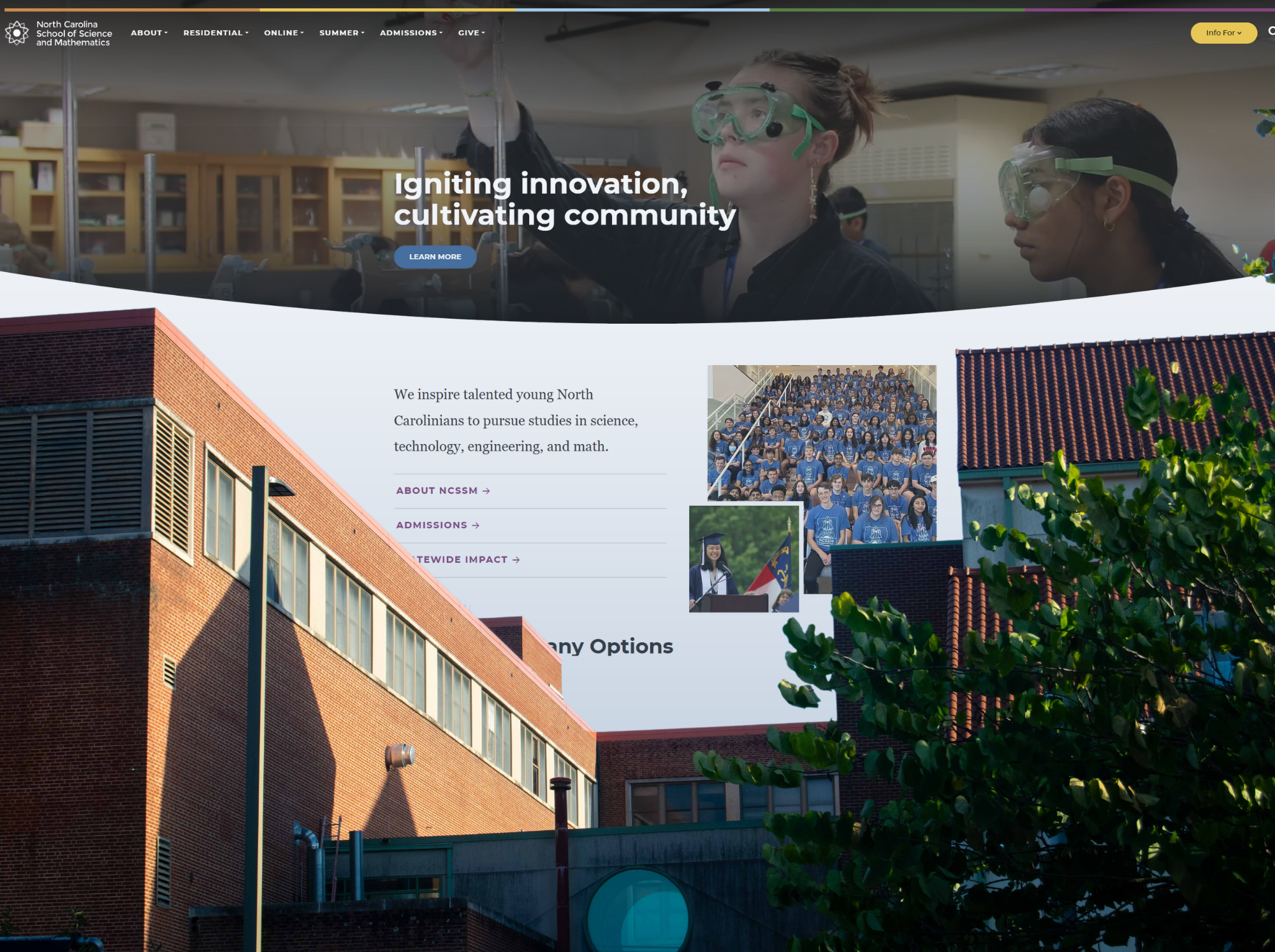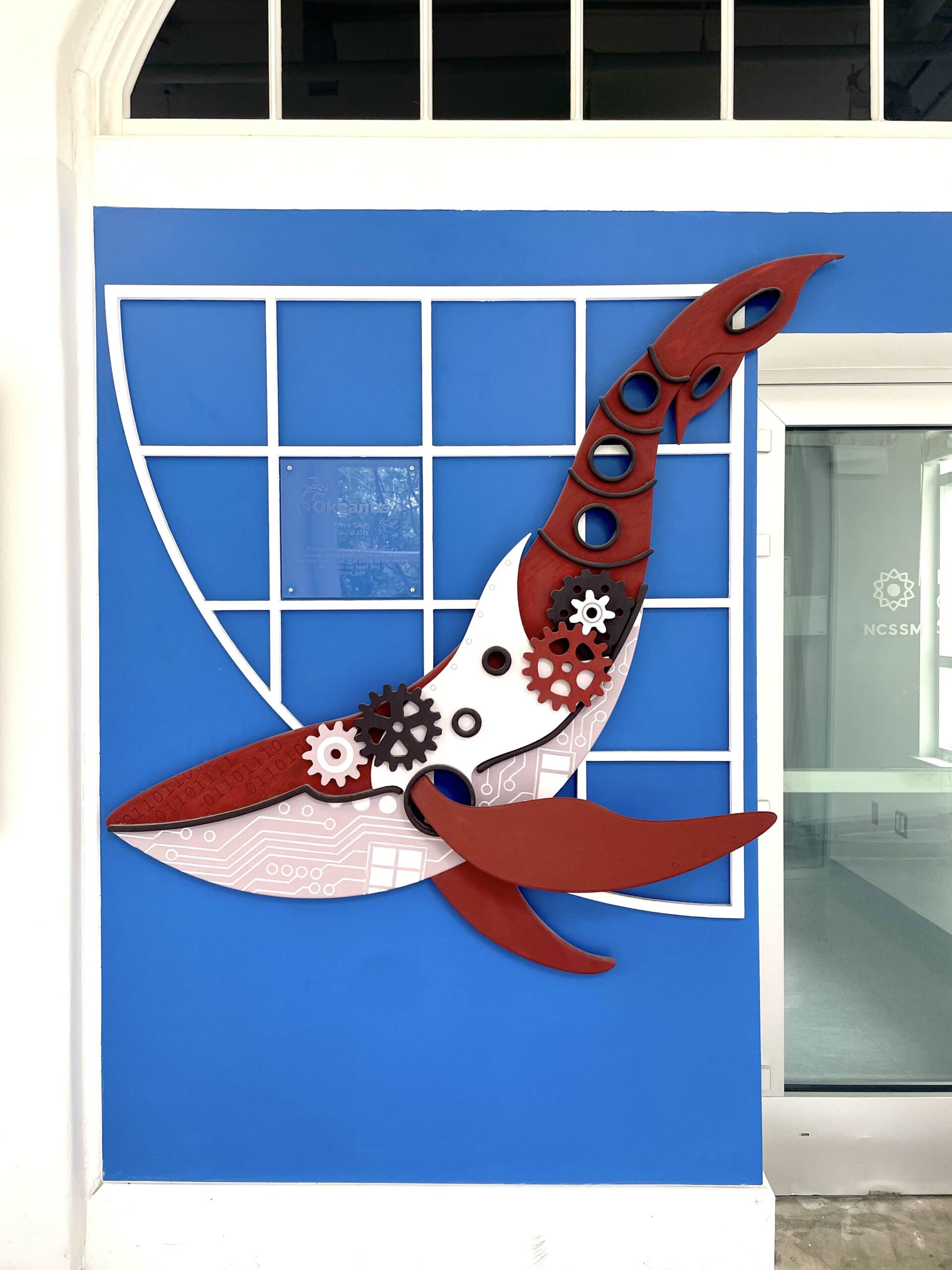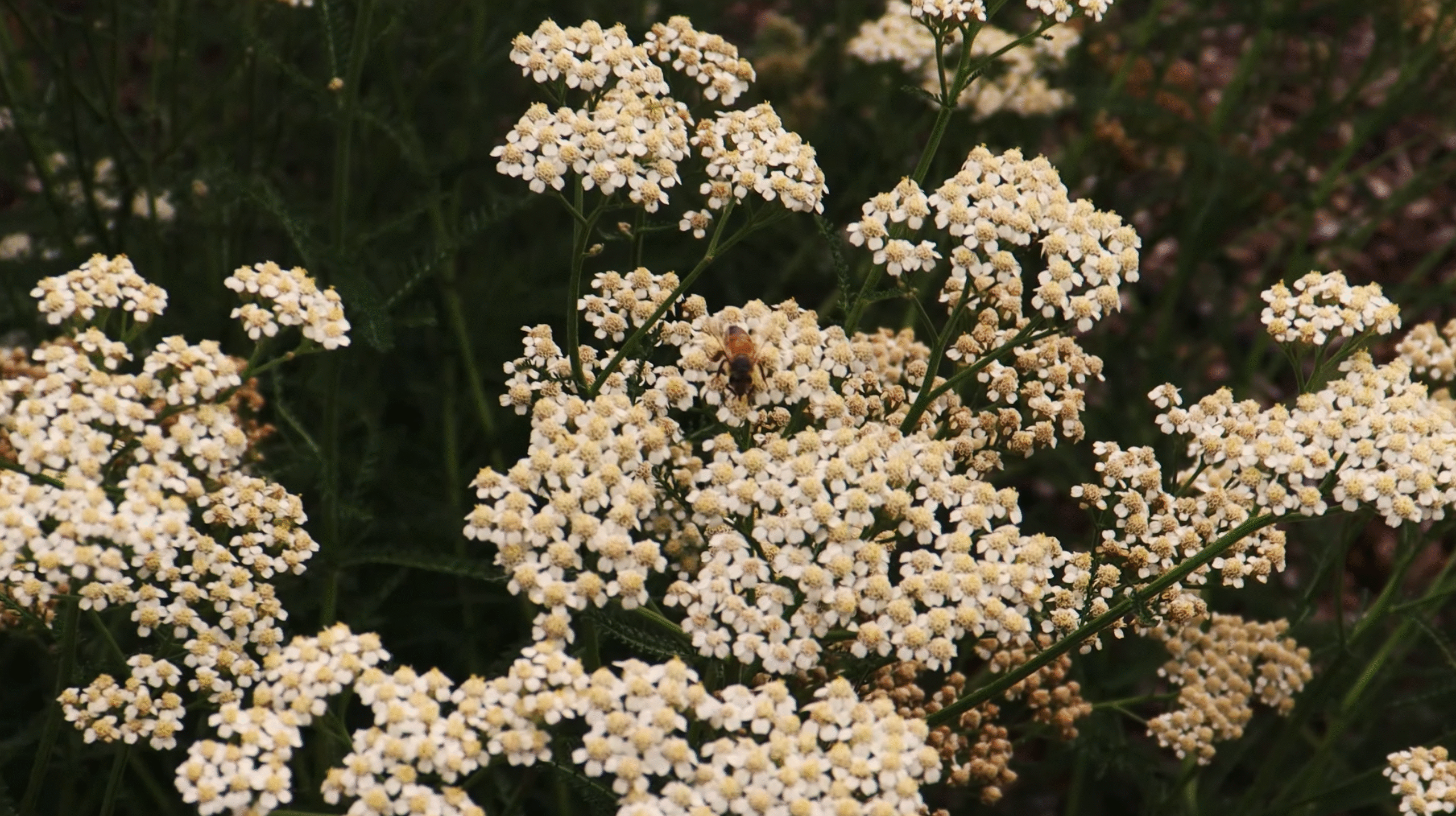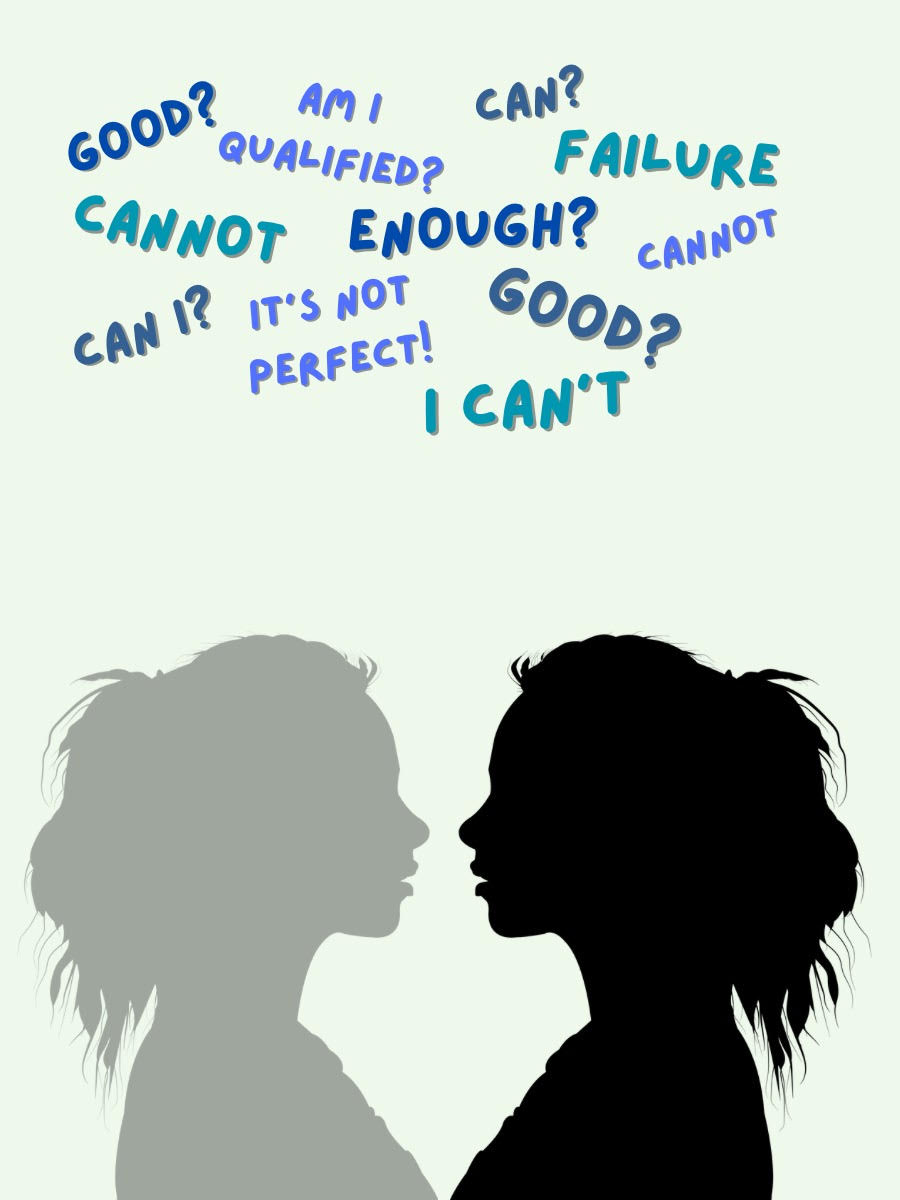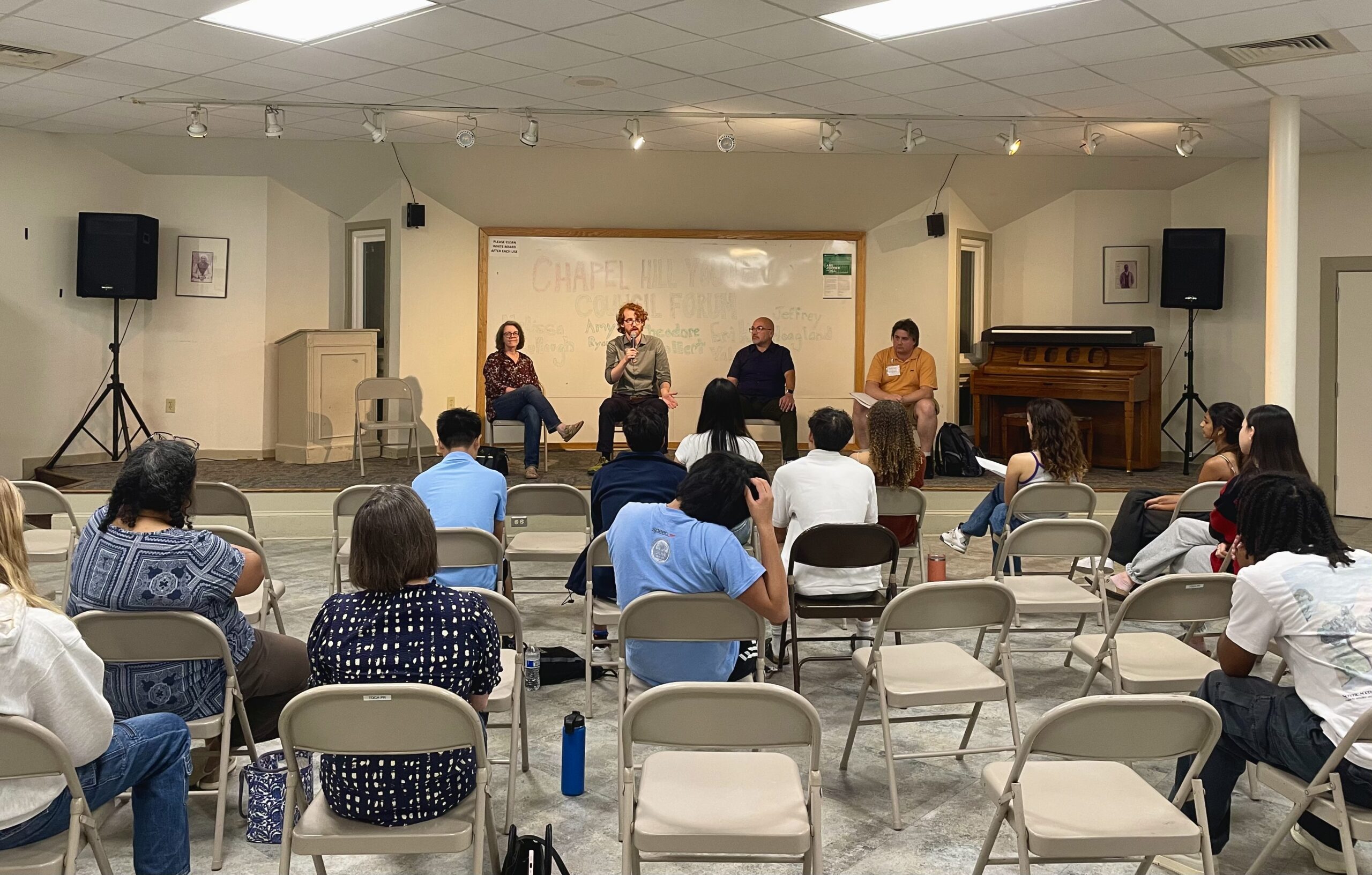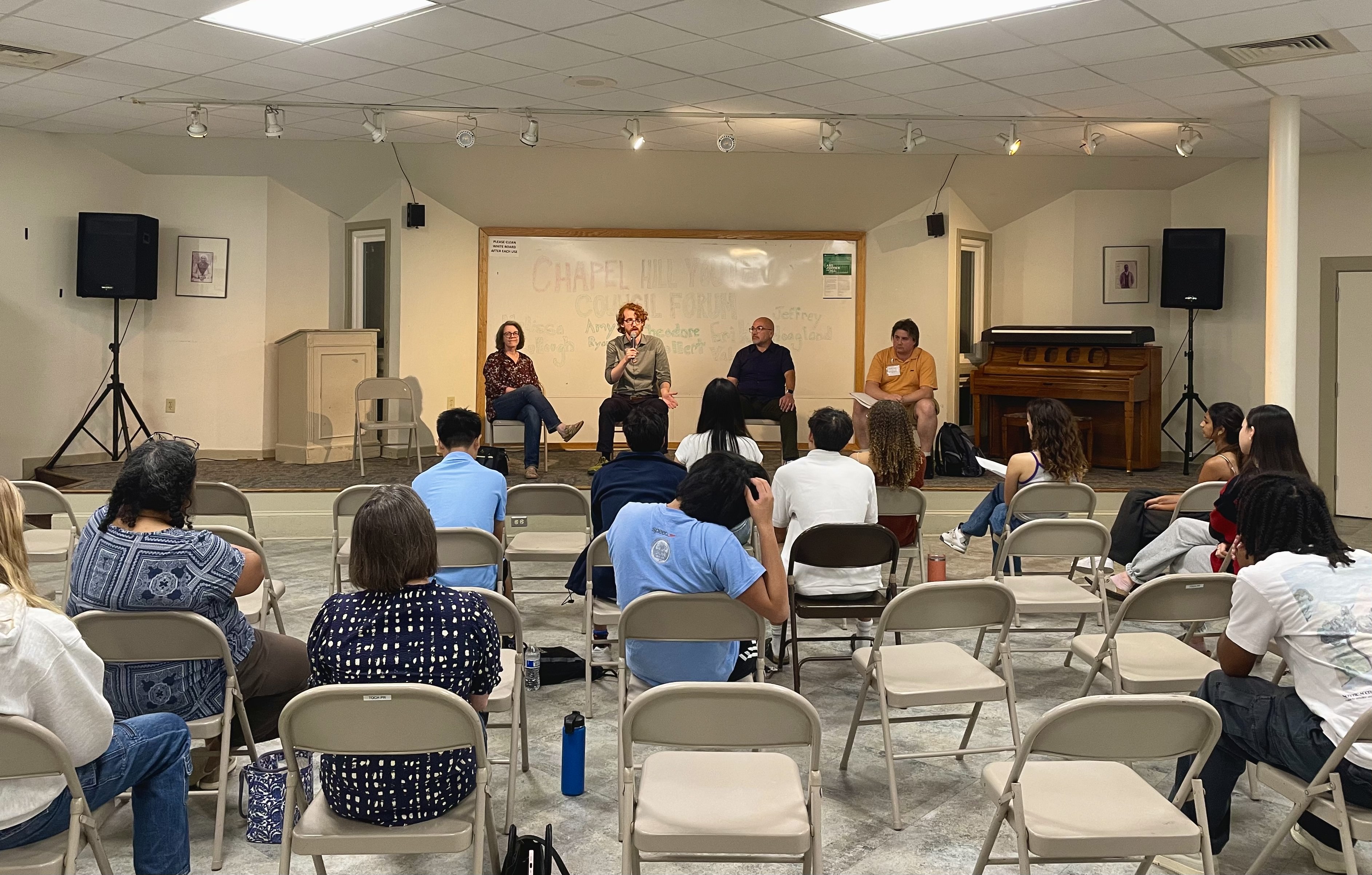
By Teresa Fang, Stentorian Editor-in-Chief
A viewer visiting the school website at ncssm.edu can immediately see the huge words, “Igniting innovation, cultivating community.” Inspiring words, but what does this really mean?
Initially, I did not plan on writing about the ncssm.edu website at all, considering it was redesigned between November 2021 and October 2023, according to webmaster Will Mack. Not to mention mixed concerns about the student newspaper giving any form of criticism to the school that governs it and has the power to shut us down. Yet, as a senior, with the student body gaining a larger digital presence, it’s time to take a stand.
The ncssm.edu website is the epitome of selective attention in representing a student body. Like the illusion of validity in politics, what is visible is superficial: there are very few families and applicants who wouldn’t like to be a part of the residential, online, or summer programs that NCSSM prides itself on in every marketing and outreach campaign. The reputation this selective marketing builds is outdated and reductive to the school’s current and prospective students.
Mack wrote that the website redesign was a two-year effort that “collected feedback from students, parents, faculty, and staff…to make it easy for new folks to understand what the school is, what its programs are, and which might be right for them.” But it’s hard to see what the school offers beyond research programs and how prospective funders can donate.
“Yes, we want to prospective students to check out the website, and for parents, donors. But there’s nothing really about the students,” said Chidera Ezenwenyi ‘25. “There’s a residential program. There’s online. There’s summer. But no actual student activities. It doesn’t showcase anything that we do.”
When you dig even a little bit deeper, it’s clear that the school administration’s idea of a good website is a good advertisement to expand, not to intensify–even if it means leaving voices from its employees and students behind.
If you’ve taken a look at the walls of Bryan lobby at all, the website’s tendency to wrap the school in vague and flowery language would not come as a surprise, but nonetheless a disappointment. As they claim to help “talented students find their niche and realize their potential,” they lag significantly behind in showcasing what niche and potential. While they say they promote a “highly talented, committed, and diverse workforce,” the supporting data is always behind a “coming soon” label or none at all, and they expect employees to make personal sacrifices out of compassion and loyalty to the school.
Even when they try to provide a window into what accomplishments or projects that students are working on, the news that are provided to the public are narrowly filtered into three types: the first or last day of school, retirees, and national/international recognitions. Everything we see in words seems prideful and great, but the coverage thoroughly undermines what else students can do once they come to NCSSM.
“Igniting innovation, cultivating community”
Now, I’m not an opponent of innovation and community. I love trying new things and socializing with people as much as anyone who lives under the sun. But the fact is that bragging about what we’re already the best at does nothing to innovate or grow the external–or even internal–community’s perceptions of NCSSM.
According to their website, third on NCSSM’s Strategic Plan 2024-2030 is to use an equity-oriented approach to meet student success and wellness needs, by implementing new and expanding existing programs that increase “faculty, staff, and student intercultural competence and humility” and give an avenue for students “to provide and receive feedback about their academic experiences.” While this is a valid objective for a diverse school, the first priority should be mitigating the causes of student dissatisfaction and troubles, whether that be academically or emotionally. Otherwise, they will just be plugging one hole while digging a wider one right next to it.
Once a student is accepted into the school, they tend to not visit the website at all, as Ezenwenyi and his parents never did. “I feel like everything is in Blackbaud, I’ve never had to go to this website for anything, which, in contrast to my old school, I definitely used the school website a lot,” he said.
At times, ncssm.edu’s lack of coverage speaks just as much as their coverage. We know that if something or someone is repeatedly covered in media, then they must be important to that media. It is telling when NCSSM’s idea of innovation and community, usually in the form of news coverage by communications specialist Brian Faircloth, barely even encompasses anything other than achievements in math and science.
Using the website’s search feature, we can see there are six mentions of Christina Koch ‘97, four of which are feature stories, and three of which contain primary-source quotes from her. Searching Rhiannon Giddens ‘95–Grammy Award-winning musician, MacArthur recipient, and Pulitzer Prize winner on vocals, fiddle, banjo, and viola–yields three stories, all of which are of recognitions to accolades.
In none was she directly interviewed by an NCSSM affiliate; all her remarks were outsourced from other mainstream media or her social media accounts. Prior to RexHum class, I didn’t even know Giddens was an alumnus, nonetheless that she was the banjo player in Beyoncé’s “Texas Hold ‘Em.” The selective perception is complicit even in searches of George Cheng ‘24, dubbed “STEM powerhouse,” who has three in-depth feature stories with interviews.
Regardless, if we are truly trying to build an innovative community encouraging students to think outside the box, we cannot continue to be an advertisement for the same old elite STEM education. If prospective students come to NCSSM only knowing the names of fancy-sounding courses and faulty links to Google Documents, then they will not be able to grasp what a vibrant community this campus really holds.
Students’ Definition of Student Culture
The team who worked on the website was comprised of the NCSSM Communications Team, ITS, External Relations, NCSSM-Morganton Administration, and the Communications Council, which is a representative committee of all departments at NCSSM. When asked if the purpose of a high school website should be promotional or as a window into current student life, Mack said they were “deliberate at making the primary purpose of our outwardly facing website to be introducing new people to NCSSM and all it offers.”
While it is understandable that NCSSM is an unusual school, it’s surprising to hear the team’s interpretation of “student life”: “Of course, a very important part of making that appealing for them is showing them glimpses of current students’ experiences, so we do seek to offer a window into current student life in all of the programs from Residential to Step Up to STEM to Summer Ventures to NCSSM Online and more.” Is that what students would expect to represent their everyday experience as a NCSSM student?
Taylor Eason ‘25 described what good qualities of a school website should look like, pinpointing the outdated news articles. “Honestly, being frequently updated to showcase what’s been going on in the clubs.” she said. “We have news about meeting the students, but [for example] in ‘NCSSM lets students craft tailor-made science research experiences,’ that student graduated two years ago.”
Eireann Marcus ‘25 added that the last quote from any student on the website was from 2023. “We don’t know who they are, and the pictures don’t help,” Marcus said.
What we need for a closer-to-true representation of NCSSM student culture is frequently updated information on ncssm.edu. Nevermind that we have 150+ student-run clubs and organizations across the two campuses; if the current website has a page for student publications, then we should continue to update all student publications whenever one is released, or ensure there are resources available to direct site viewers to the domains that students directly control. In the first place, student publications are supposed to be a representative showcase of students’ work and stories, and it’s advantageous for NCSSM to have four school-sponsored ones (Broad Street Scientific, Blue Mirror, Fifth World, and The Stentorian).
Ezenwenyi also thought of ideas. “I think the good qualities of a website are resources for the school students, and maybe some stuff for some parents. Having an interactive slide with photos of events that we do could also help,” he added.
Promoting the school, from an admissions and funding perspective, is inextricably tied to widening the outlet for student expression. Sure, this is an idea that might have complications that give a fraction of more work to the administration or webmasters to do and might seem like a wild risk to take for both publications and the school as a public institution, but that’s what igniting innovation means.
Letting Down Our Reputation As The #2 Best Public High School in America
I won’t argue that the website does have aesthetic appeal, and some functionalities are quite convenient. I like how each block looks different. I like our colors. I like the resources of the library. I like the ticking numbers that show our impact metrics. However, the vagueness of what students are doing to achieve those metrics graciously permits us to examine closely some of our school’s opinions and poll results on the Internet, since they’re not available on ncssm.edu.
NCSSM brags about their influence (do we not?); Institutional Effectiveness reports our total enrollment, including residential, online, and Connect students, represented 94 out of 100 North Carolina counties last year. NCSSM is ranked number one in Best College Prep Public High Schools in America and number two in Best Public High Schools in America. Well, let’s take a step back. Are we satisfied with where we are now? For instance, while the average graduation rate is 99 percent, the average SAT and ACT scores are 1440 and 33 respectively.
Is this all the “elite, academic reputation” that the NCSSM administration, the Board of Governors, the Board of Trustees, alumni, families, and donors want to see? The website certainly doesn’t live up to the standards the school has touted. It’s almost as if we, the students, aren’t solely academic machines but real people with breathing backgrounds and multiple disciplines to devote our bodies and minds. The same goes for faculty.
“There’s a navigation bar but it’s about residential, online, summer, and admissions, but NCSSM is so much more than those things,” Eason said. “How are you supposed to promote it if you don’t know anything about what it’s like to actually be here?”
Unless a student is one of the lucky chosen few who get a story done by Faircloth, students come and go without leaving a trace of their impact. Only if we are lucky enough to have access to social media, we can see the memorabilia of posts and past officers of clubs and organizations. Only if we are lucky enough to be permitted, tech-savvy to create a digital archive, or insistent enough to see real-life proof, we can access records of past students’ work, and likewise be inspired by their stories of struggle then success.
Is all of this the special legacy students want to take away from their two years at NCSSM?
If NCSSM’s website continue to be selective of our school’s student culture and life, we will forever be running on a hamster wheel of vague goals, blatant inappreciation, and laziness. We will constantly be asking ourselves the same question: where do I see myself in my “elite” school? Yet, the answer will always remain the same: we don’t.
